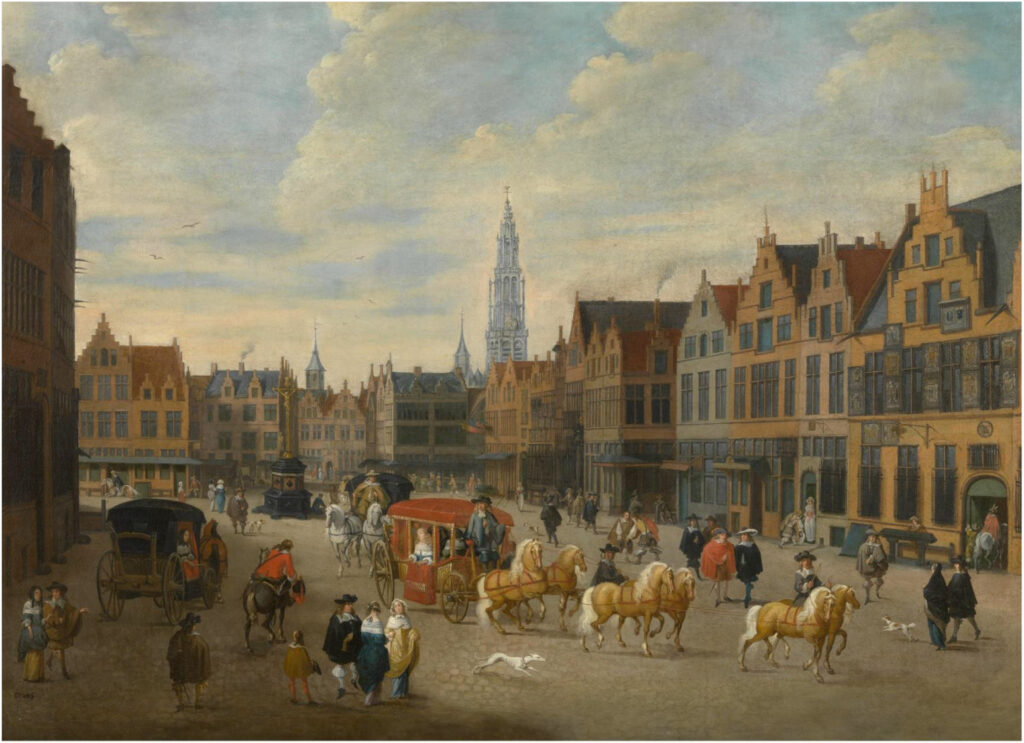Cities
Cities as European Microcosms in the Early Modern Literary Bestseller 1517-1713
Most early modern Europeans lived in the countryside, yet cities played a disproportionally large role in the formation of European society in terms of economy, politics, culture and knowledge. Large cities were heterogeneous and dynamic hubs of commercial and cultural exchange and on the rise with major social implications. Urban life was often informed by the presence of courts, which were major providers of labour and artistic patronage and served as meeting places for elites, scholars and diplomats from across Europe. As hosts of all these forms of cultural exchange, cities functioned as early modern European microcosms.Cities, courts and urban communities featured prominently in many of the literary bestsellers of the time.

Focusing on patterns in representations of cities in fictional narratives, the questions this project addresses are: how are cities presented as part of a European urban network? How do the fictional versions of cities compare with real ones, as described in contemporary writings about urban centres and travel narratives? How do the portrayals of urban diversity reflect European diversity? How is this diversity presented as a potential source of conflict as well as of synergy and attraction?

